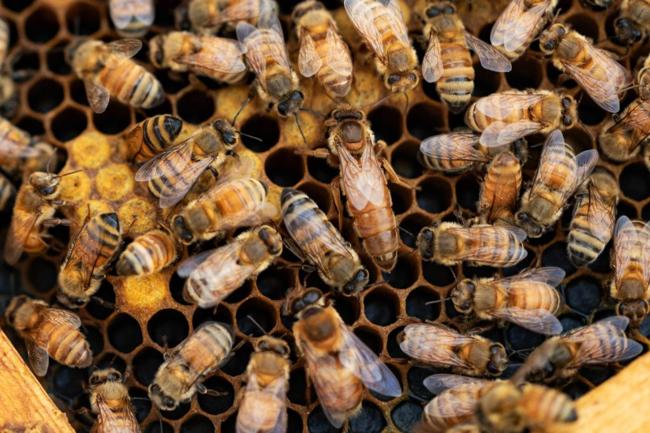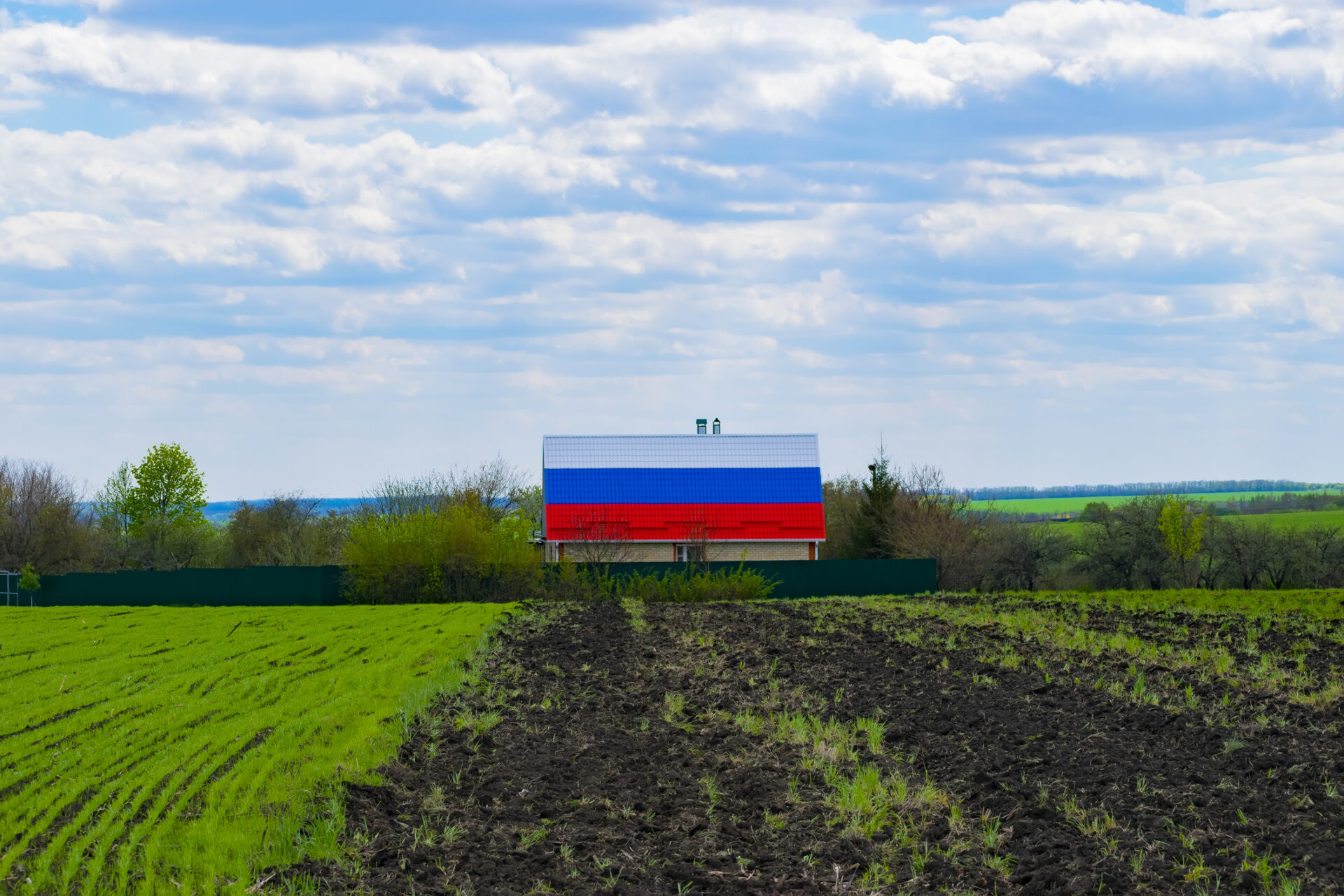Summary
MEXICO CITY (Reuters) – Mexico has been working to respond to a damaging pest called New World screwworm and is strengthening its efforts, President Claudia Sheinbaum said on Monday.
Source: U.S. News & World Report

AI News Q&A (Free Content)
Q1: What is the New World screwworm, and why is it a significant pest concern?
A1: The New World screwworm, scientifically known as Cochliomyia hominivorax, is a parasitic fly whose larvae feed on the living tissue of warm-blooded animals, causing severe damage. This pest is significant because it leads to myiasis, an infestation that can result in deep lesions and severe economic losses in livestock industries. The screwworm was previously eradicated from North America through the sterile insect technique but remains a threat in tropical and subtropical regions.
Q2: How has Mexico responded to the threat of the New World screwworm?
A2: Mexico has strengthened its efforts to combat the New World screwworm by enhancing control measures, active surveillance, and regional cooperation. The focus is on preventing reintroduction from endemic areas in Central and South America, where the pest poses a continuous threat to livestock and public health.
Q3: What are the challenges in using common preventive measures against screwworm infestations?
A3: Recent studies have shown that common preventive measures, such as the use of doramectin and ivermectin, have failed to prevent natural infestations of Cochliomyia hominivorax in certain regions. This failure highlights the need for better pharmacokinetic and pharmacodynamic strategies to enhance the efficacy of these treatments.
Q4: What role does animal movement play in the spread of the New World screwworm?
A4: Animal movement plays a crucial role in the spread of the New World screwworm, accounting for the rapid northward spread observed in recent outbreaks. Studies indicate that human-mediated factors significantly contribute to this spread, suggesting the need for stringent monitoring and control of livestock movement to mitigate the risk.
Q5: Can modern technologies like reinforcement learning improve agriculture management in combating pests like the screwworm?
A5: Yes, modern technologies such as reinforcement learning and large language models have the potential to transform agricultural management by providing adaptive, data-driven solutions that optimize pest control strategies. These technologies can address the complexities of crop production and pest management, although challenges remain in real-world deployment.
Q6: What historical technique has been used successfully to control the New World screwworm?
A6: The sterile insect technique was historically used to control the New World screwworm successfully. This method involves releasing sterilized male flies into the environment to reduce the breeding population, leading to the eradication of the pest from North America and parts of Central America.
Q7: How does the infestation of screwworms impact economic aspects of agriculture?
A7: Infestation by screwworms leads to significant economic losses in agriculture due to reduced livestock productivity and increased veterinary costs. The need for continuous monitoring and control measures also adds to the financial burden on affected regions, emphasizing the importance of effective pest management strategies.
References:
- Cochliomyia - https://en.wikipedia.org/wiki/Cochliomyia
- Cochliomyia hominivorax - https://en.wikipedia.org/wiki/Cochliomyia_hominivorax
- Estimation the reinvasion of New World Screwworm (Cochliomyia hominivorax) in Central America: The role of animal movement in disease dispersal and control measures
- Failure of doramectin and ivermectin in preventing Cochliomyia hominivorax myiasis in a subtropical region: A pharmacokinetic-pharmacodynamic study
- Integrating Reinforcement Learning and Large Language Models for Crop Production Process Management Optimization and Control through A New Knowledge-Based Deep Learning Paradigm




